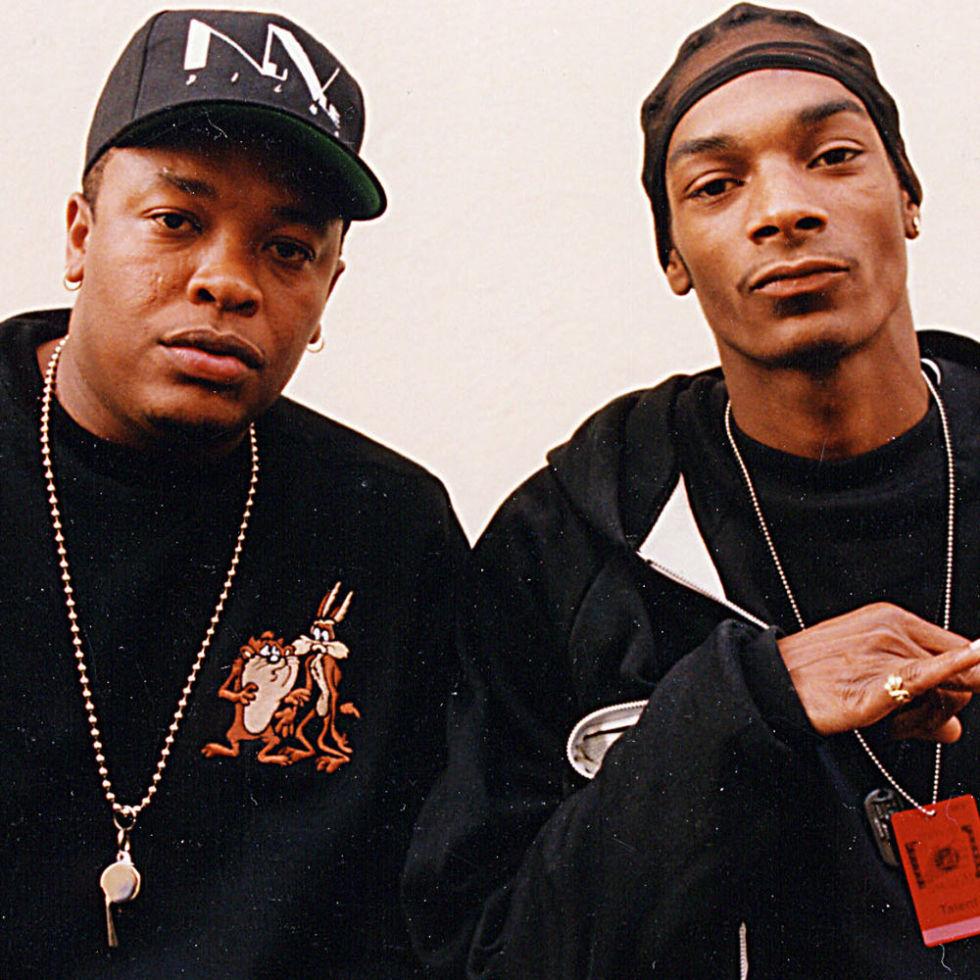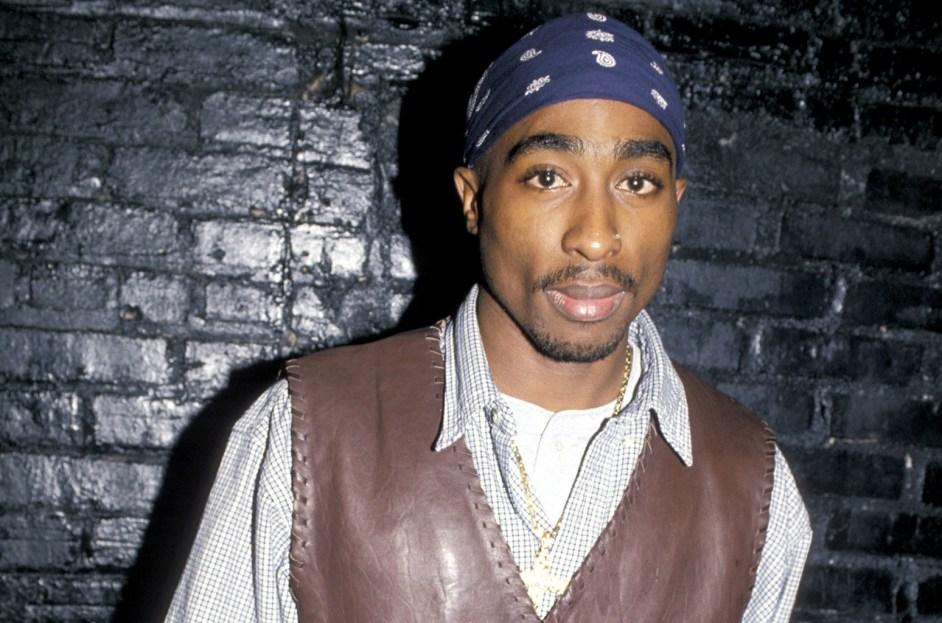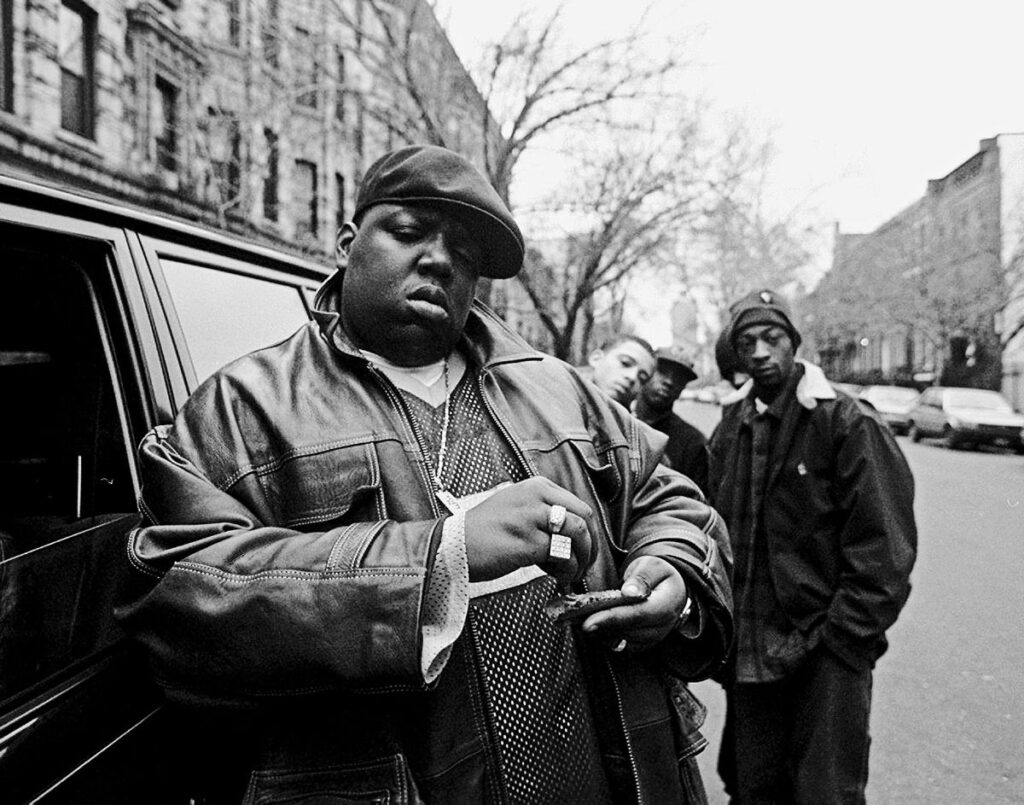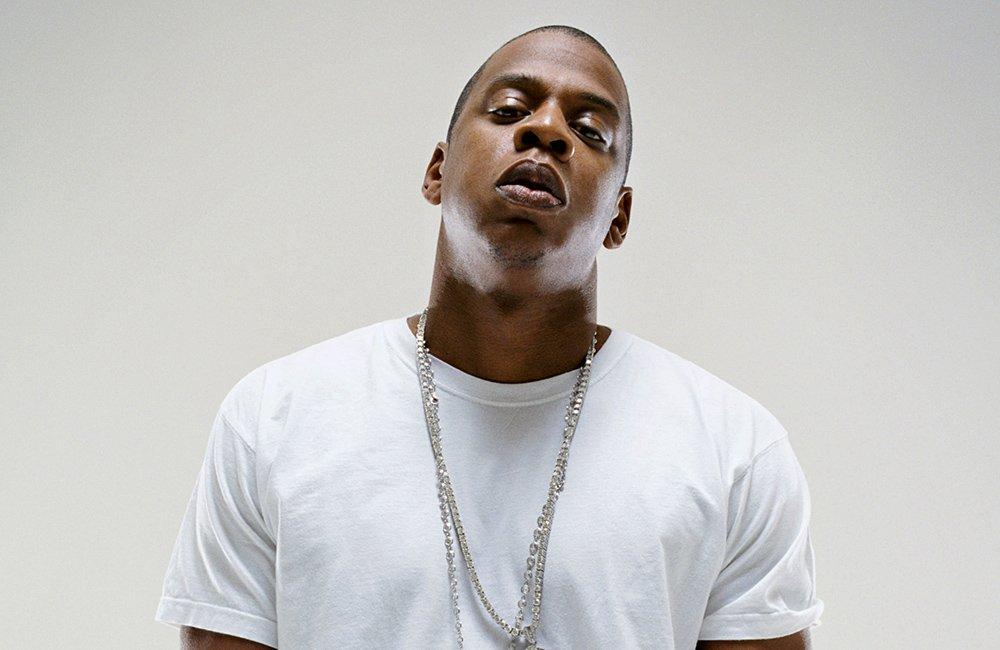The East Coast-West Coast Rivalry

The East Coast-West Coast rivalry stands as one of the most notorious chapters in hip-hop history, marking a tumultuous period that shaped the genre and its cultural landscape. Originating in the early 1990s and escalating into the mid-1990s, this feud between rap artists from the East Coast, centered in New York City, and those from the West Coast, primarily in Los Angeles, had profound implications for the music industry, media portrayal of hip-hop, and even the lives of those involved.
Origins of the Feud
The roots of the East Coast-West Coast rivalry can be traced back to a combination of musical competitiveness, regional pride, and personal conflicts among prominent artists. In the late 1980s and early 1990s, New York City dominated the hip-hop scene with its vibrant and diverse array of artists, including Public Enemy, Run-D.M.C., and LL Cool J. This era established East Coast hip-hop as the cultural epicentre of the genre.

However, the rise of West Coast rap in the early 1990s brought a new wave of artists, led by figures like N.W.A., Ice-T, and eventually Dr. Dre and Snoop Dogg, who introduced a distinctively different sound and style. Dr. Dre’s seminal album ‘The Chronic’ (1992) and the subsequent emergence of Death Row Records under Suge Knight’s leadership marked a turning point, propelling West Coast rap to national and international prominence.
Key Events and Escalation
The rivalry escalated with a series of highly publicized incidents and confrontations involving key figures from both coasts:
Diss Tracks and Verbal Warfare:
- In 1994, tensions heightened with the release of tracks like ‘Who Shot Ya?’ by The Notorious B.I.G. and ‘Hit ‘Em Up’ by Tupac Shakur, which contained thinly veiled insults and accusations directed at each other.

- These diss tracks fuelled a public exchange of verbal jabs and challenges, intensifying the divide between East Coast and West Coast artists and their respective fan bases.
Personal Feuds and Tragic Losses:
- The feud became deeply personal with tragic consequences. The murders of Tupac Shakur in 1996 and The Notorious B.I.G. in 1997, both in drive-by shootings that remain unsolved, shocked the hip-hop community and intensified public scrutiny of the rivalry.

- These deaths underscored the dangerous consequences of the escalating tensions and raised questions about the role of media sensationalism in perpetuating the conflict.
Media Influence and Cultural Impact:
- The East Coast-West Coast rivalry was extensively covered by the media, which sensationalized and amplified the conflict. News outlets portrayed the feud as a battle for hip-hop supremacy, often oversimplifying complex social and cultural dynamics.
- The portrayal of hip-hop as inherently violent and divisive reinforced negative stereotypes and overshadowed the genre’s artistic and cultural contributions.
Shaping the Hip-Hop Landscape
Despite its tragic outcomes, the East Coast-West Coast rivalry had a lasting impact on hip-hop:
Musical Innovation and Evolution:
- The rivalry spurred artistic innovation and competition, leading to the creation of some of the most influential albums in hip-hop history. Albums like ‘All Eyez on Me’ by Tupac Shakur and ‘Life After Death’ by The Notorious B.I.G. became cultural touchstones, showcasing the talents of their respective coasts.
Cultural Divide and Unity Efforts:
- The feud highlighted regional pride and cultural differences within hip-hop, but it also prompted efforts to bridge these divides. Artists and activists, including figures like Russell Simmons and Jesse Jackson, advocated for peace and unity within the hip-hop community.
Legacy and Lessons Learned:
- The legacy of the East Coast-West Coast rivalry serves as a cautionary tale about the dangers of unchecked competition and media exploitation. It prompted soul-searching within the hip-hop community about the impact of internal conflicts on artistic expression and community solidarity.
Resolution and Moving Forward
In the years following the tragic deaths of Tupac Shakur and The Notorious B.I.G., efforts were made to promote reconciliation and unity within hip-hop:
Collaborations and Peace Efforts:
- Artists from both coasts, including Jay-Z, Nas, and Snoop Dogg, participated in collaborations and public statements aimed at healing old wounds and promoting solidarity.

- Events like the 1999 Source Awards, where artists publicly called for an end to the feud, marked a symbolic turning point in efforts to move beyond the East Coast-West Coast divide.
Continued Influence and Cultural Legacy:
- The East Coast-West Coast rivalry continues to be remembered as a pivotal moment in hip-hop history, shaping the genre’s evolution and influencing subsequent generations of artists.
- The lessons learned from the rivalry underscore the importance of community, solidarity, and artistic integrity in preserving hip-hop’s cultural legacy.
Also Read: Soundscapes: East Coast Boom Bap vs. West Coast G-Funk
The East Coast-West Coast rivalry remains a complex and controversial chapter in hip-hop history, characterized by musical innovation, tragic losses, and cultural divides. While the feud underscored regional pride and artistic competition, it also highlighted the dangers of media sensationalism and the need for unity within the hip-hop community. Ultimately, the legacy of the rivalry serves as a reminder of hip-hop’s power to inspire, provoke, and unify, even in the face of profound challenges and conflicts.
—Silviya.Y








